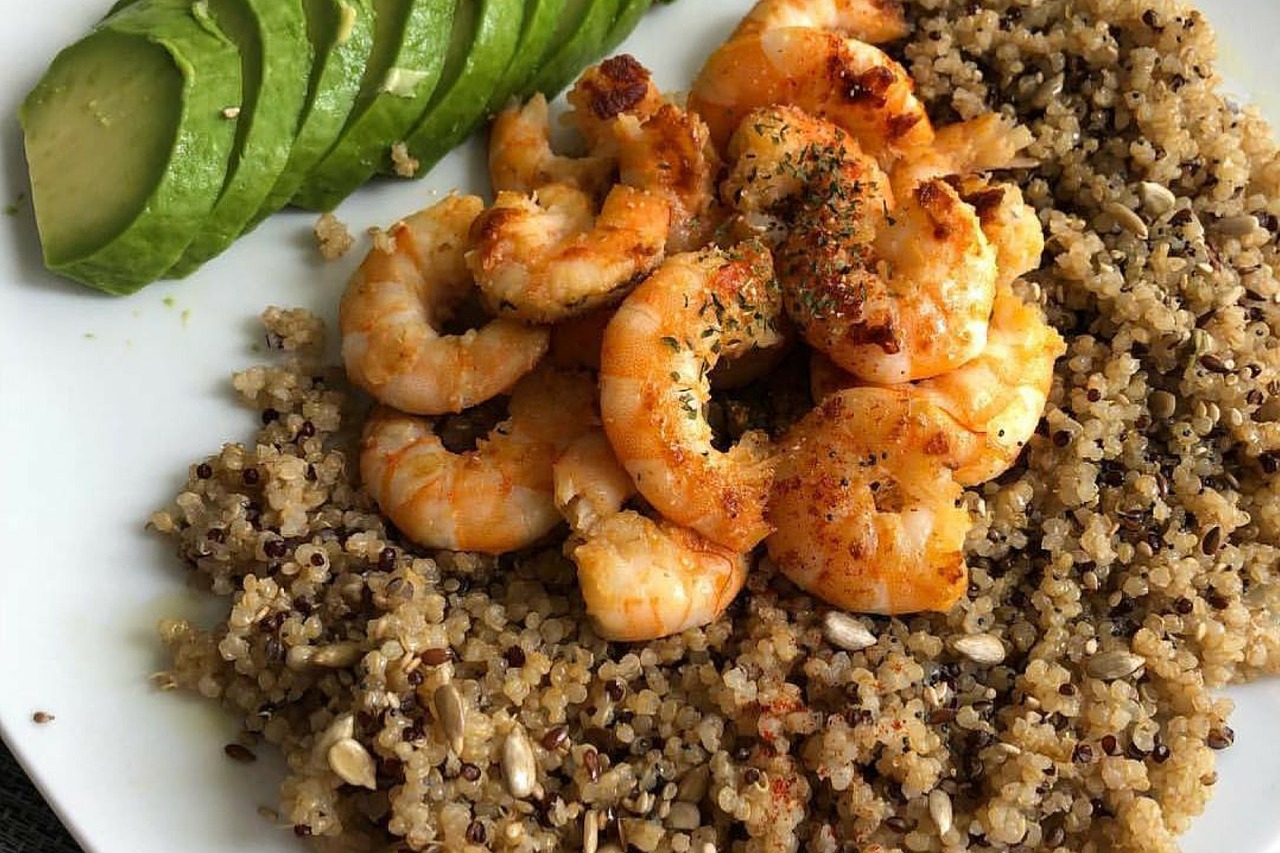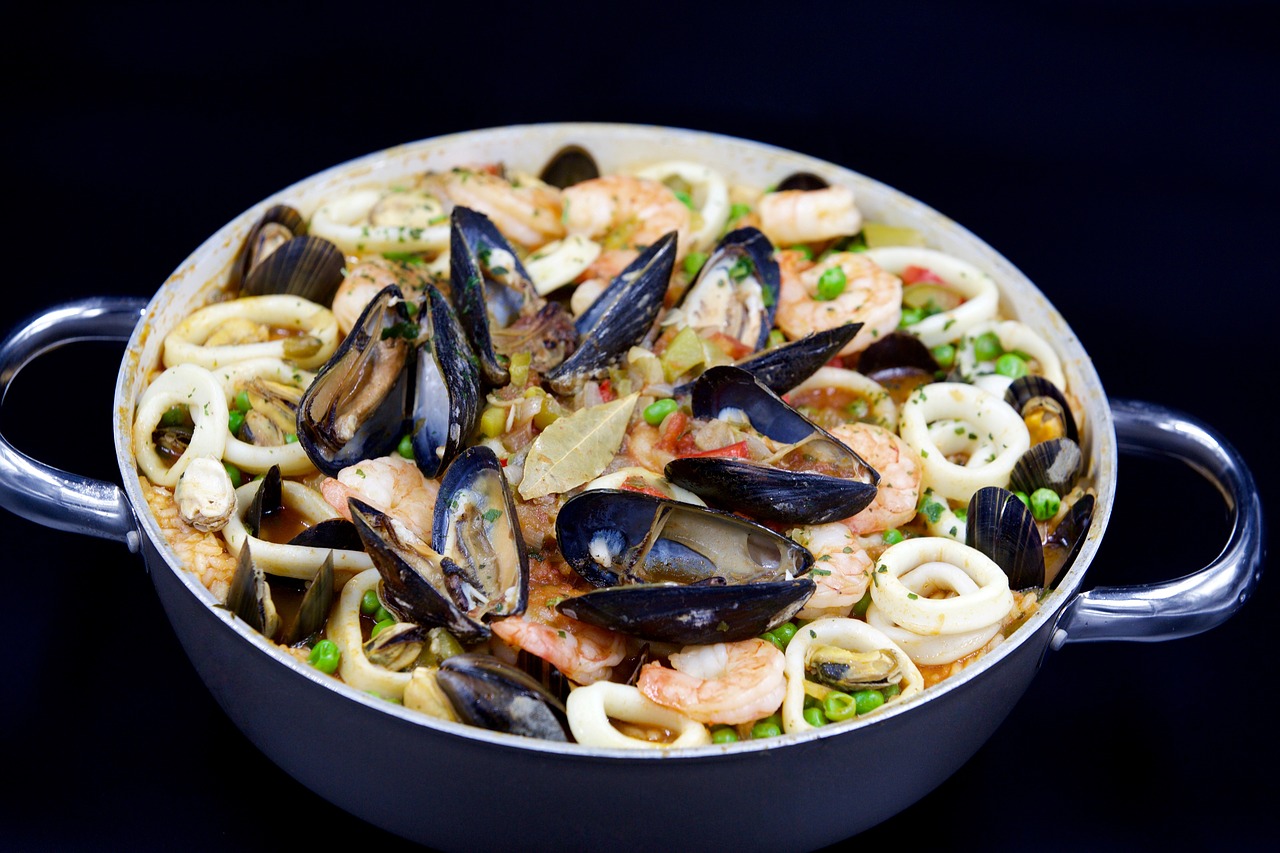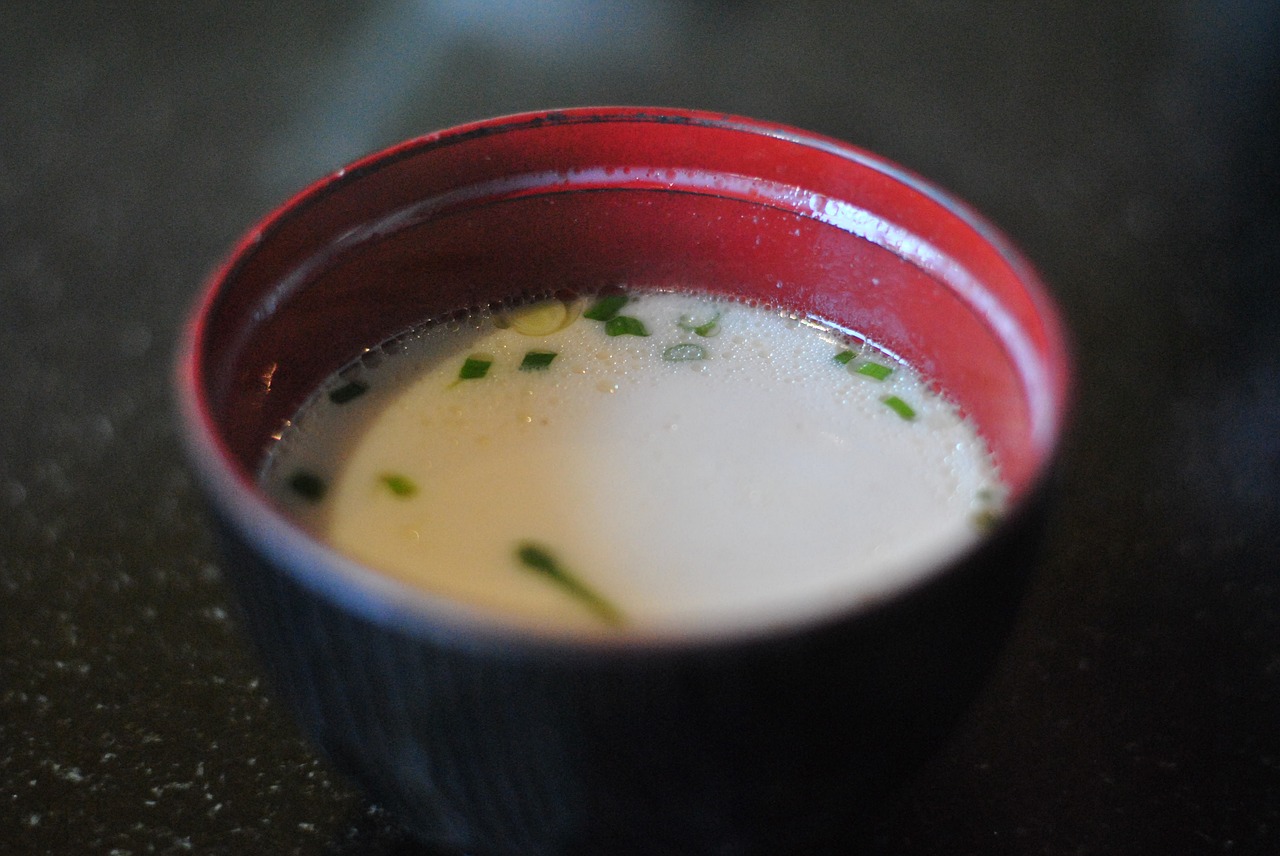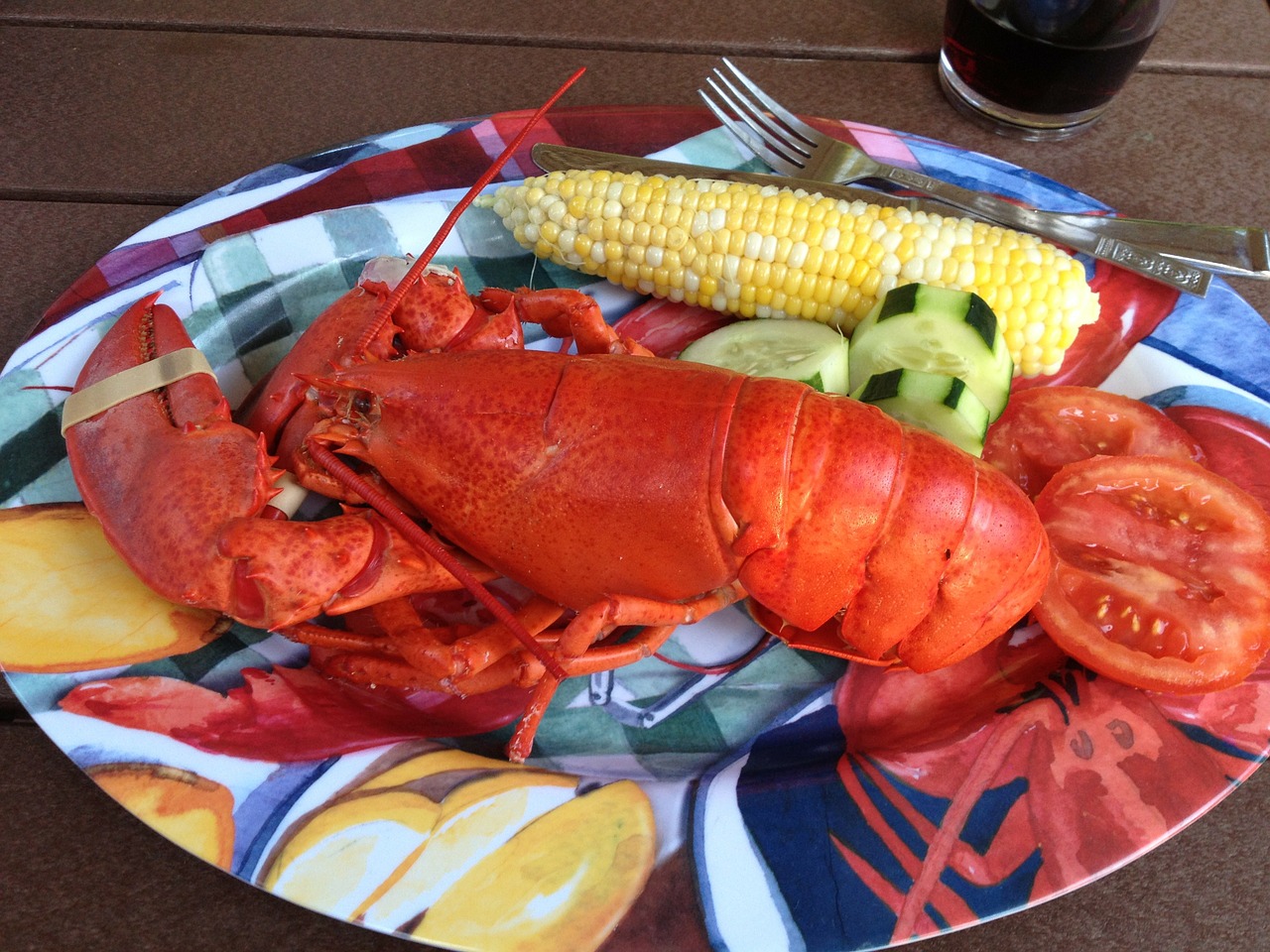
From jambalaya to boiled Maine lobster, we look at eight of America’s most popular fish and seafood dishes, their unique histories, and their popularity in the United States today.
1. Jambalaya
Jambalaya is a popular Louisiana dish, believed to be of French, Spanish, and West African origin.
It consists mainly of rice, vegetables, and protein. Traditionally, some kind of smoked sausage is included, along with pork or chicken and seafood, such as shrimp or crawfish.

Jambalaya includes the “holy trinity” of Cajun cuisine—green bell pepper, celery, and onion—that forms the basis of many dishes originating in this region. Other vegetables added to jambalaya may include carrots, tomatoes, okra, garlic, and chilis.
The word “jambalaya” means “mixed up” or “jumbled.”
2. Crab Cakes
The origins of crab cakes have been traced back to Native American cuisine. They are believed to have been eaten throughout the Chesapeake Bay region. Crab cakes were one of the first indigenous foods adopted by European settlers there.
In the 1900s, Maryland and Virginia quickly earned a reputation as the country’s leading crab meat supplier. As refrigeration became more available, crab soared in popularity.
Crab cake recipes vary from region to region, and meat from any crab can be used. However, the blue crab native to Chesapeake Bay is considered the traditional option, though the Dungeness crab native to the West Coast is commonly used in the Pacific Northwest and California. In the Northeast, crab cakes are often served with a thick cream sauce.
3. Oysters Rockefeller
This dish consists of oysters, served in their half-shells. They are topped with a rich, butter-based sauce with parsley and breadcrumbs, before being broiled or baked.
The dish was created in 1889 by Jules Alciatore and served at his father’s New Orleans restaurant, Antoine’s, as a solution to escargot shortages suffered at the time. Still open today, Antoine’s is one of the oldest family restaurants in the US and is considered a New Orleans institution.
The dish is a play on a traditional escargot recipe, using locally sourced oysters in substitution for snails.
4. New England Clam Chowder
This regional dish is particularly popular in Massachusetts and Maine. Clam chowder is a hearty cream soup, best eaten on a cold day, though it remains popular with New Englanders (and many other Americans) all year round. Its connection to the area is so strong that it’s often called “Boston clam chowder.”

Clam chowder is made with clams, potatoes, celery, onions, and sometimes bacon. It is usually served with saltine or oyster crackers.
The earliest known records of New England clam chowder being served to the public date back to 1836, when the dish was sold at the Boston Union Oyster House, which is still open today and is the oldest continually operating restaurant in the United States.
5. Shrimp Creole
New Orleans cuisine is heavily influenced by Creole and Cajun cookery as well as soul food. These influences represent the many different cultures and peoples who have made their home in New Orleans: French, Acadian, Spanish, West African, Haitian, Amerindian, Italian, and German.
Thanks to the city’s location on the Mississippi River Delta and its status as a major port, seafood is integral to New Orleans cuisine.
Shrimp Creole is a popular meal is made with shrimp, tomatoes, celery, bell pepper, onions, and various spices. The sauce is moderately hot. Shrimp creole is often served over a bed of white rice.
6. Tilapia
Over the decades, tilapia has grown to become a staple of American cuisine. Today, this freshwater fish is the fourth most popular fish in the United States, with only salmon, shrimp, and canned tuna ranking higher.
Not only is tilapia highly abundant, it is also low in fat and rich in omega-3 fatty acids, making it an economical and healthy protein source.
Tilapia is also highly versatile, thanks to its mild flavor and firm texture. It can be pan-fried, broiled, grilled, or baked, and it pairs equally well with spicy marinades, cream sauces, or simple butter and herb seasonings. It can be used in Thai, Mexican, and a variety of other cuisines as well.
7. Boiled Maine Lobster
Legend has it that when settlers first arrived in the United States from Europe, lobster were so plentiful that they would wash up on the shoreline in piles two feet high. Far from the coveted shellfish they are today, lobsters were historically regarded as the poor man’s source of protein, though they were a precious food source in hard times.

Native Americans used these crustaceans as fishing bait and crop fertilizer. They also ate lobsters, smothering them in seaweed before cooking them on hot rocks.
Toda, lobster is considered a rich, decadent protein. It is very healthy, with fewer calories than chicken breast. Lobster is also an important source of potassium, vitamins B-6, B-12, and E, and omega-3 fatty acids.
8. Cedar Plank Salmon
Plank cooking involves heating food via a piece of soaked wood, with the flavor coming from the species of tree used to make the plank. This cooking technique originated with Native Americans. Planking is recently enjoying a revival after falling out of favor for hundreds of years.
Long before European settlers arrived in America, Native American people roasted fish on planks of aromatic wood. First, they would split the fish down its length, securing it skin-side-down on the plank. Then they placed the plank vertically, facing the fire, but out of reach of the flames.
Plank cooking remains commonplace in the Pacific Northwest, where salmon is often cooked on a cedar plank. However, many other foods can be cooked on planks: white fish, steak, pork, and even cheese and fruit.
